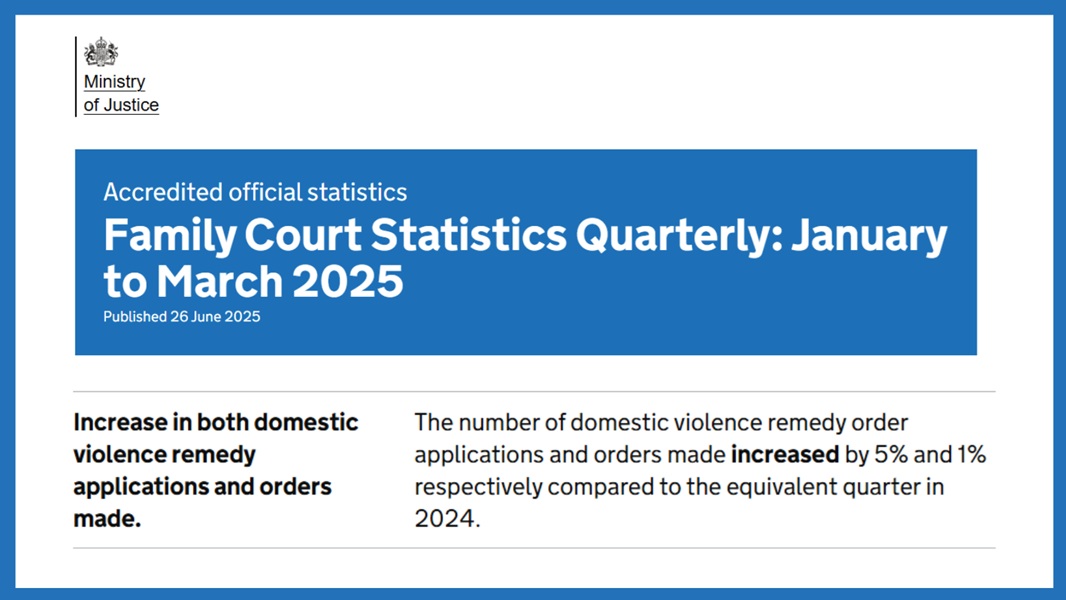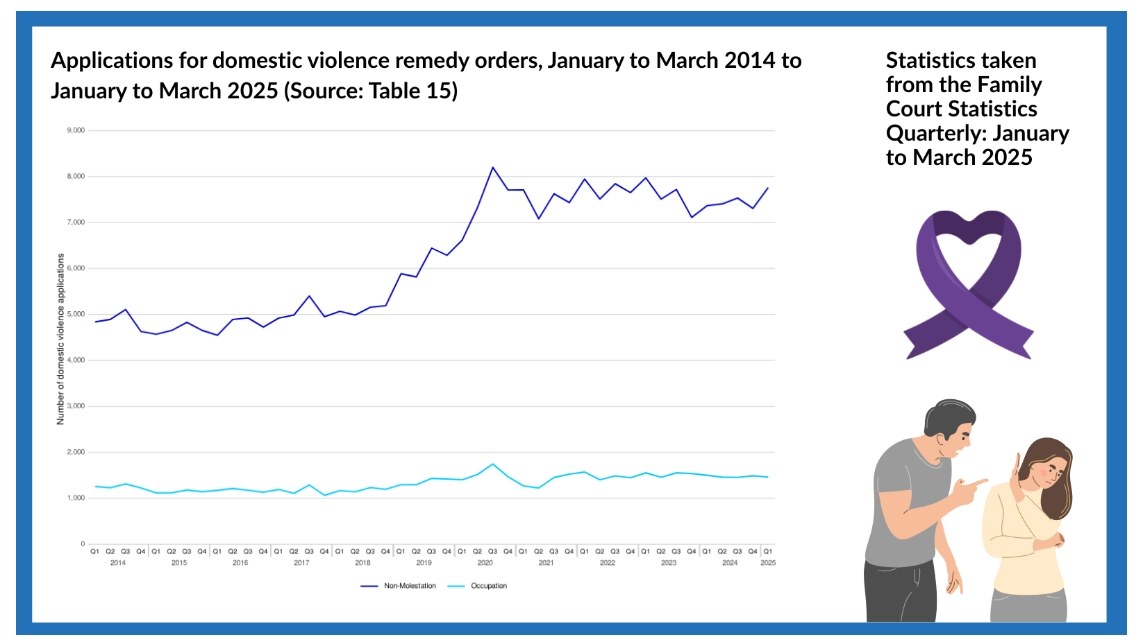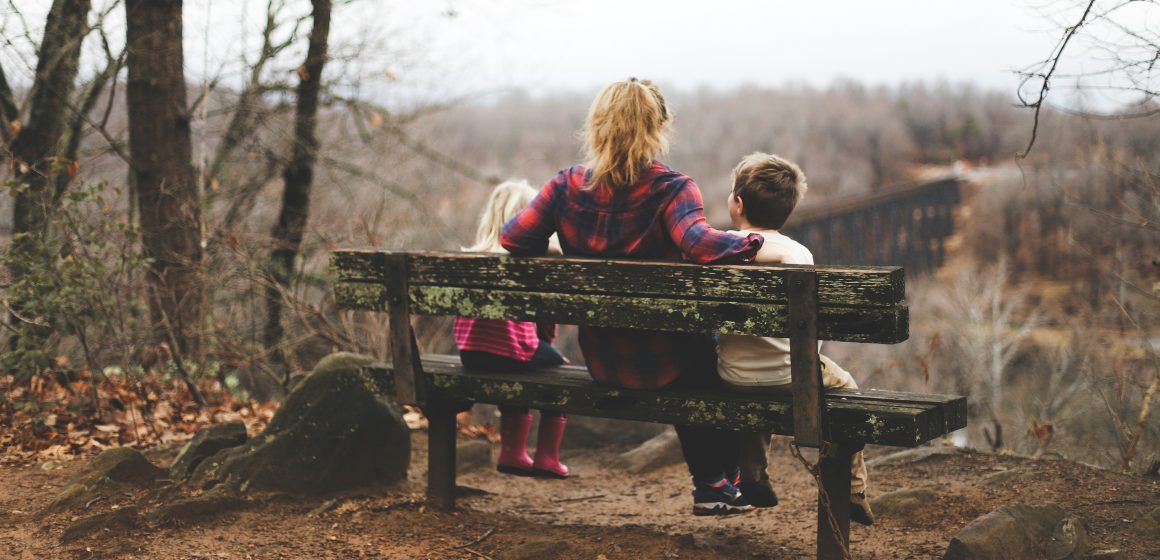In this latest exclusive family law blog for our trusted legal partner, Cansford, John Bolch discusses domestic abuse and family courts. We thank Cansford Labs for continuing to share this with Chronicle Law to benefit our shared family law audience.
Domestic abuse is a critical issue within family law, often impacting decisions around child custody, contact arrangements, and protective orders. The UK family courts play a central role in safeguarding victims and ensuring appropriate legal remedies such as non-molestation or occupation orders. This blog explores recent developments, statistics, and systemic challenges facing victims and the courts.
A Persistent Crisis in Family Law
When researching for a topic for these articles I often look through the family law-related news stories of the past month. And what struck me about last month’s stories was how many of them related to the subject of domestic abuse.
Of course there is sadly nothing remotely unusual about domestic abuse being in the news. It is, I’m afraid, a fact of life in our society and, I suspect, in most other societies around the world.
Over the forty-plus years in which I have been interested in family law I have witnessed many initiatives aimed at reducing, or even eliminating, the scourge of domestic abuse, but here we are with it still driving the headlines.
And to give an impression of the scale and seriousness of the problem I thought it might be instructive to look very briefly at some of those headlines over the last month.

A Month of Domestic Abuse News: What the Headlines Reveal
- On 4 June the Victims’ Commissioner reported that they and the Domestic Abuse Commissioner had written to the Prime Minister warning he is at risk of missing his flagship target to halve violence against women and girls – unless urgent investment is made in victim support services.
- On 9 June The Guardian reported upon a study by the University of Glasgow and published in the journal BMJ Mental Health, which found that women who are victims of domestic violence are at a higher risk of traumatic brain injury and mental health conditions for many years after the abuse has ended.
- On 11 June Gemma Sherrington, CEO of the domestic abuse charity Refuge responded to the Government’s Spending Review by saying: “Today’s Spending Review should have marked a defining moment for the Government’s pledge to halve violence against women and girls (VAWG) within the next decade. Yet, this critical opportunity was missed, with the Chancellor failing to mention domestic abuse or VAWG when setting out the Spending Review.”
- On 17 June the domestic abuse charity Women’s Aid published a report which found that women and children fleeing domestic abuse continue to face significant — and often life-threatening — obstacles.
- On 19 June the Ministry of Housing announced rule changes that will mean that young people leaving care and domestic abuse survivors will now have better access to social housing.
- On 22 June The Guardian reported that experts are calling domestic abuse a “public health emergency”, after a report concluded that the NHS is failing victims by not training staff to spot and respond to the signs of domestic violence.
- On 23 June The Guardian reported that campaigners are calling for the police to be trained in how pets can be used in coercive control cases, after a charity found a “troubling gap” in awareness about the links between violence against animals and violence against humans.
- On 24 June the NSPCC reported that last year they experienced a 14% increase in child welfare contacts from adults concerned about domestic abuse.
- On 26 June the Ministry of Justice published its latest quarterly statistics on the work of the family courts, for the period January to March 2025. The statistics showed that the number of domestic violence remedy order applications and orders made in that quarter increased by 5% and 1% respectively, compared to the equivalent quarter in 2024.
- And finally, on 1 July The Guardian reported upon a survey which revealed that a majority of women have direct experience of violence or harassment, or know someone who has suffered it, in the last year.
What is to be done?
I would like to finish this post by suggesting what should be done to tackle the scourge of domestic abuse. But of course there is no panacea. Some answers are suggested in the stories mentioned above, although it is notable that most of those are aimed at the symptom rather than the cause.
Drivers of behaviours and key factors?
Perhaps we need to put more resources into educating not just children but the entire population about the horrors of domestic abuse and the damage that it can cause (including often to the perpetrator). And maybe we should look more closely at the factors that drive, or at least contribute towards, domestic abuse: poverty, alcohol abuse, poor housing, promotion of misogyny, and so on.

Conclusion…
I am not suggesting that domestic abuse is limited to certain social groups. Similarly, when I mention misogyny and the government’s ambitious target to halve abuse against women and girls within ten years I am not falling into the trap of thinking that men are immune from abuse – far from it.
Domestic abuse can affect literally anyone, and it is therefore in the interests of us all to ensure that everything that can be done to tackle it is done. I will not be here to write about the subject in forty years’ time, but I hope that whoever is has some better news to impart.
 John Bolch
John Bolch